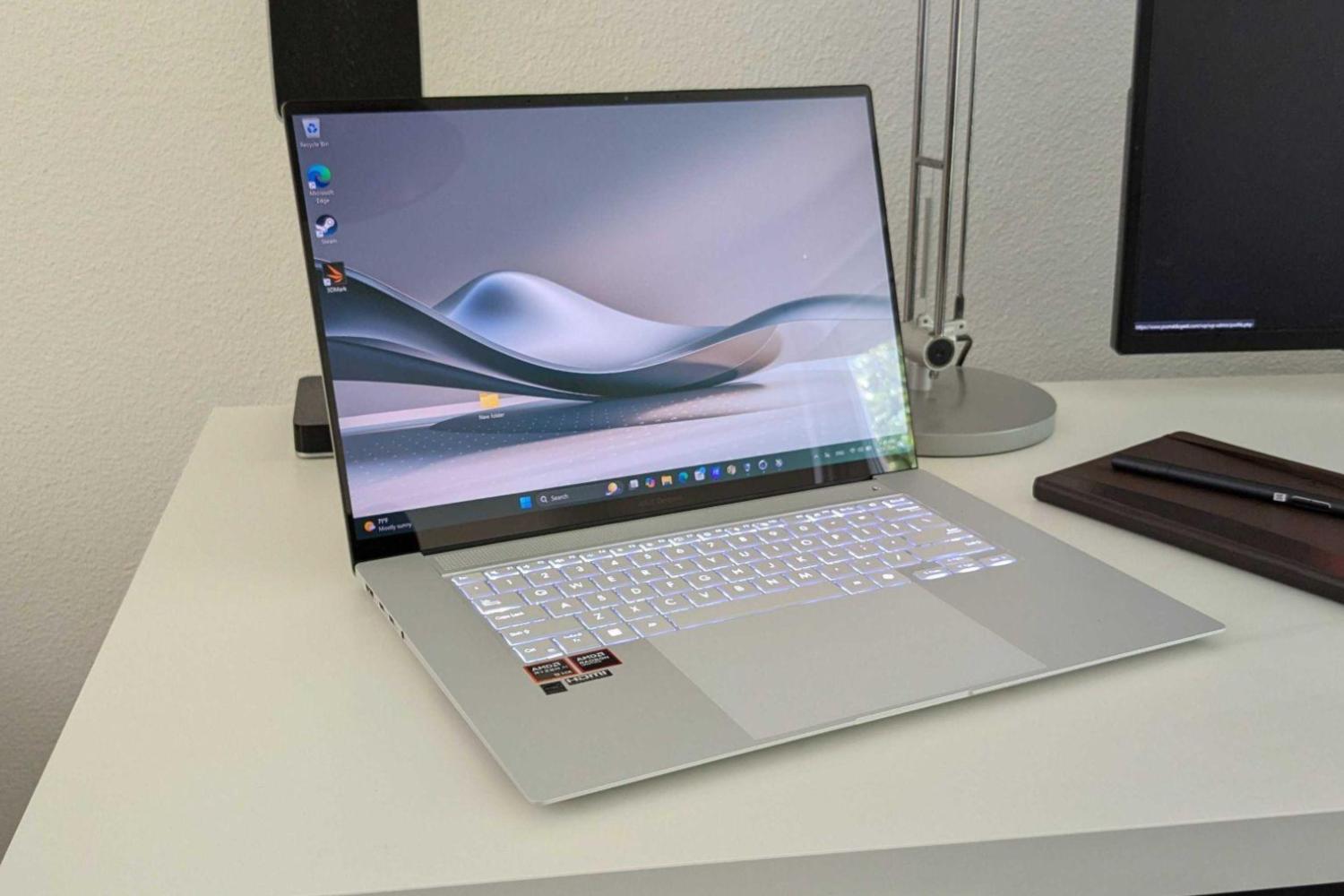Cybersecurity company CrowdStrike (NASDAQ: CRWD) was once a hot stock in its sector. Shares rose from a 52-week low of $141.97 last August to a high of $398.33 on July 9.
That changed days later on July 19, when after CrowdStrike performed a routine software update, a flaw in the code caused massive disruption to computer systems around the world. Airlines, banks, hospitals and other organizations were suddenly unable to conduct business as usual.
Understandably, the company’s stock price plummeted following the incident. Within a day, CrowdStrike shares fell from $343.05 to $304.96. Shares continued to fall for weeks and are still below $300 at the time of writing.
Does the price drop create a buying opportunity? Let’s look at CrowdStrike to find out.
Evaluating the Impact of CrowdStrike’s Mistake
Despite the catastrophic technical failure, the question of whether to invest in CrowdStrike ultimately depends on the company’s long-term performance. To assess this, it’s helpful to consider the implications and aftermath of the company’s software failure.
First, investors should know that CrowdStrike’s mistake has caused undeniable harm to its customers. Some estimates put the financial impact of the technical glitch at over $5 billion. The incident has led to lawsuits, even from CrowdStrike shareholders, against the company. Other consequences could include angry customers leaving CrowdStrike for one of its many competitors, or the loss of potential customers who once considered the company but may now opt for a rival.
To gauge the potential loss of customers for CrowdStrike’s business, you can look at the company’s annual recurring revenue (ARR). CrowdStrike uses a software-as-a-service (SaaS) model, where customers pay a subscription fee for access to the technology. ARR represents the value of a customer’s subscription contract over an annual period. If CrowdStrike begins to lose revenue due to the July 19 incident, ARR will reflect this. For example, ARR growth could slow or even decline year over year.
To evaluate whether ARR is being impacted, we look at performance prior to the July 19 software incident to use as a baseline. CrowdStrike’s ARR for the fiscal first quarter, which ended April 30, was $3.7 billion, which represented 33% year-over-year growth. Of that amount, $212 million was net new ARR, up 22% year-over-year and a record high for the metric in Q1. This indicates how much customers were flocking to CrowdStrike.
In fact, the number of deals involving the adoption of eight or more features in the platform, called modules, grew 95% year-over-year in fiscal Q1. Greater module adoption means more money for CrowdStrike, since customers have to pay for each module.
The Aftermath of CrowdStrike’s Technical Outage
Keep in mind that it can take a few quarters for ARR to show a material impact. Customers need time to evaluate alternatives to CrowdStrike and make the switch. Some who are nearing the end of their subscription term may simply let it lapse and not renew. That said, CrowdStrike may avoid any noticeable change in ARR. That’s because, to its credit, the company was transparent about its mistake and worked to quickly rectify the situation.
At the time of the incident, CEO George Kurtz stated, “The outage was caused by a defect found in a Falcon content update for Windows” and that “this was not a cyberattack.” Falcon is the name of CrowdStrike’s cybersecurity platform, and a software modification to it caused many computers with Microsoft‘s Windows operating system crashes.
Additionally, CrowdStrike has taken steps to prevent this issue from happening again. For example, it has taken additional steps to test software code before it is deployed to customers, and it now offers customers more control over how new updates are deployed to their IT systems.
CrowdStrike’s response to its mistake was commendable. If it can restore customer confidence in its platform, the company will likely see a continuation of its history of revenue growth dating back to its 2019 IPO.

Data from YCharts.
To Buy or Not to Buy CrowdStrike Stock
Investors’ confidence in CrowdStrike’s ability to convince customers that the software glitch was a one-time occurrence and unlikely to happen again appears to be growing, as evidenced by the recent surge in its stock price. After trading at just $217.89 on August 2, the company finally turned around and began to climb.
Wall Street also sees an uptrend for the stock. The current consensus among Wall Street analysts is an overweight rating with a median price target of $330 for CrowdStrike shares.
If you want to proceed cautiously, you can look at CrowdStrike’s performance over the next few quarters to see how its ARR compares to its fiscal Q1 results. But if you want to buy shares while the stock is still well below its 52-week high, now is a good time to buy and hold for the long term.
I believe people are willing to forgive and forget, and once this mistake is behind us, CrowdStrike’s technology could eventually attract customers again, just as it did before the infamous July 19th incident.
Don’t miss this second chance at a potentially lucrative opportunity
Ever felt like you missed the boat on buying the hottest stocks? Then you want to hear this.
In rare cases, our expert team of analysts provides a “Double Down” Stocks recommendations for companies they think are about to explode. If you’re worried you’ve already missed your chance to invest, now’s the best time to buy before it’s too late. And the numbers speak for themselves:
-
Amazon: if you invested $1,000 when we doubled in 2010, you would have $19,766!*
-
Apple: if you invested $1,000 when we doubled in 2008, you would have $42,977!*
-
Netflix: if you invested $1,000 when we doubled in 2004, you would have $371,270!*
We are currently issuing “Double Down” warnings on three incredible companies, and there may not be another opportunity like this anytime soon.
See 3 “Double Down” Stocks »
*Stock Advisor returns as of August 26, 2024
Robert Izquierdo has positions in CrowdStrike and Microsoft. The Motley Fool has positions in and recommends CrowdStrike and Microsoft. The Motley Fool recommends the following options: long January 2026 $395 calls on Microsoft and short January 2026 $405 calls on Microsoft. The Motley Fool has a disclosure policy.









